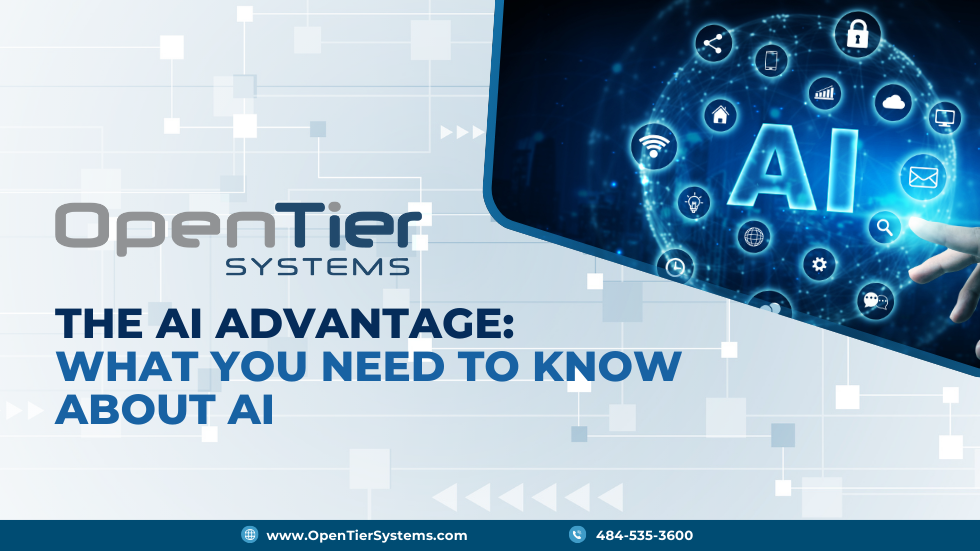Artificial Intelligence (AI) has evolved from a futuristic buzzword into a core driver of business innovation. Over the past few decades, advancements in computing power and algorithmic sophistication have transformed AI from simple rule-based systems into dynamic, self-improving models that can analyze data, learn, and even create new content. In a rapidly changing business environment, understanding AI—and more specifically, generative AI—is critical for leaders looking to gain a competitive edge.
The Evolution of AI Technologies
AI’s journey can be traced back to early rule-based systems, where computers followed predefined instructions. However, the advent of machine learning changed the landscape dramatically. Machine learning enables systems to learn from data without being explicitly programmed, forming the backbone of applications like predictive analytics, customer segmentation, and fraud detection. This capability has empowered businesses to derive insights from large datasets, driving smarter decision-making.
As the volume and complexity of data grew, deep learning emerged as a key technology. Using multi-layered neural networks, deep learning models can decipher intricate patterns and relationships within data, leading to breakthroughs in image recognition, natural language processing, and autonomous driving. Industries such as healthcare and finance have benefited immensely from these advancements, using deep learning to improve diagnostics, risk management, and more.
Understanding Generative AI
While traditional AI focuses on analyzing and categorizing data, generative AI takes a leap forward by creating entirely new content. This innovative branch leverages vast datasets and complex algorithms—such as large language models (LLMs) and generative adversarial networks (GANs)—to produce human-like text, compelling visuals, realistic audio, and even code. Generative AI is driving creative transformations in marketing, content creation, product design, and software development.
How Does It Work?
Generative AI models are trained on diverse datasets that allow them to learn not just the patterns but also the underlying structures of the data. As they process more information, these models refine their outputs, generating content that is increasingly coherent and contextually relevant. This continuous learning process makes generative AI a powerful tool for innovation, enabling businesses to experiment with new ideas and approaches quickly.
Real-World Applications and Benefits
Businesses that harness generative AI can expect several key advantages:
- Enhanced Creativity: Automating content creation allows marketing teams to produce personalized advertising and creative visuals without extensive manual effort.
- Improved Efficiency: By generating drafts, summaries, or code snippets automatically, teams can focus on strategic tasks while routine work is handled by AI.
- Data-Driven Insights: Generative models can transform raw data into actionable insights, supporting everything from customer engagement strategies to product development.
Unlocking Tomorrow’s Innovations Today
The evolution of AI from simple automation to sophisticated generative systems marks a paradigm shift for businesses. Embracing these technologies not only offers the potential for significant operational improvements but also opens up new avenues for innovation. As companies continue to integrate AI into their workflows, understanding its capabilities and limitations will be crucial for long-term success.


































